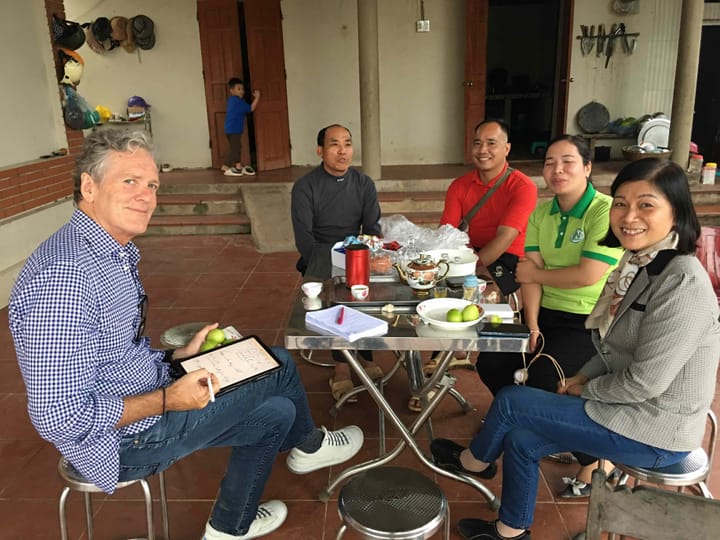Poor Economics: A Radical Rethinking of the Way to Flight Global Poverty
Abhijit Banerjee and Esther Duflo (2011) Poor Economics: A Radical Rethinking of the Way to Flight Global Poverty, Public Affairs, New York
 For more than fifteen years Abhijit V. Banerjee and Esther Duflo have worked with the poor in dozens of countries spanning five continents, trying to understand the specific problems that come with poverty and to find proven solutions. Their book is radical in its rethinking of the economics of poverty, but also entirely practical in the suggestions it offers. See more about the book.
For more than fifteen years Abhijit V. Banerjee and Esther Duflo have worked with the poor in dozens of countries spanning five continents, trying to understand the specific problems that come with poverty and to find proven solutions. Their book is radical in its rethinking of the economics of poverty, but also entirely practical in the suggestions it offers. See more about the book.
Of interest to me is the issues raised around entrepreneurship and innovation. Banerjee and Duflo accurately describe many of the developing world’s micro and small business owners and “reluctant entrepreneurs” (Ch. 9). They note that, in general, poor women and men operate tiny businesses and that these businesses make very little money. Indeed, they go further to “seriously doubt the idea that the average small business owner is a natural ‘entrepreneur'” (p.225).
“We are, of course, not saying that there are no genuine entrepreneurs among the poor–we have met many such people. But there are also many of them who run a business that is doomed to remain small and unprofitable” (p225).
Policies and programmes around the developing world designed to promote entrepreneurs and apply this term synonymously with small business ownership can be accused of creating further confusion on this issue. Not all business owners are entrepreneurs. Banerjee and Duflo argue that many such people have no other option and that enterprise development for the poor “often seems more a way to buy a job when a more conventional employment opportunity is not available” (p.226).
The trouble is, many programmes attempt to identify the so called “growth oriented” small enterprise or entrepreneur through the use of various forms of testing. I am yet to be convinced of the methods of testing in this field. Picking winners has a long history of finding failures. Just because a firm or an individual has the potential to grow, does not mean they will.
Banerjee and Duflo describe the risks entailed in business management and highlight the difficult position many micro and small business owners in developing economies find themselves in: “…the poor are less able to make the investments needed to run a proper business and are more vulnerable to any additional risk that comes from the business itself” (p.210).
This analysis shows that many aspiring entrepreneurs in developing economies require more than simply access to micro-finance. They require access to larger sums of money that can be used to drive entrepreneurial endeavour and innovation. Thus, “there may be a case for using some government resources to help create large businesses by providing loan guarantees to medium-sized ventures, for example” (p.233).
Banerjee and Duflo’s book is an enjoyable and insightful read. They draw from a range of research, including randomised control trials, to get beyond the simple slogans and formulas presented as a means to poverty reduction. They highlight the agency of poor men and women, whose actions maybe influenced by misinformation, myths and culture, but who are ultimately responsible for their own lives. Indeed, they argue that the poor bear responsibility for “too many aspects of their lives” when compared with those who are better off who are more likely to have the “right” decisions made for them (p.269).
More work remains to be done on the ways in which entrepreneurship and innovation can best be supported in developing economies. But an important first step is to be clear about our expectations of poor women and men who are, by definition, the least resourced and most vulnerable groups of society. Making these people responsible for their own employment and pushing them into becoming entrepreneurs is misleading and, ultimately, harmful. Creating the conditions for self-selecting entrepreneurs to start-up and grow their business is more relevant and logical approach to this dilemma, as are carefully designed public policies to help these women and men scale-up their efforts and achieve a longer-lasting impact.


